Nortown Theatre in 1971, the film on the marquee “Straw Dogs,” starring Dustin Hoffman. City of Toronto Archives, Series 1278 It. 108
When I was in high school in the 1950s, I worked as a delivery boy for Crosstown Pharmacy, near the corner of Bathurst Street and Eglinton Avenue West. The owner of the store was Ed Green, the brother of Lorne Greene, the actor who starred at the Stratford Theatre in its early years. The actor later became famous on an American TV show about a father and three sons who lived on a ranch named the Ponderosa. The TV program was “Bonanza.”
A short distance west of the pharmacy was the Nortown Theatre, at 875 Eglinton Avenue West, on the south side of the street, between Bathurst and Peveril Street. After high school classes ended for the day, I travelled to work on my bicycle and regularly passed this theatre. Because the theatres in my own neighbourhood were older and less modern, I considered the Nortown luxurious and longed to attend it. When the “African Queen,” starring Katherine Hepburn and Humphrey Bogart played at the theatre in 1951, I finally attended the theatre. Needless to say, I was duly impressed.
Location of the Nortown Theatre
The Nortown opened on March 17, 1948, located in the southeast section of a rural district to the north of the city, named Bedford Park-Nortown. It received this name when it was forest and farmland. It extended from Eglinton Avenue, north to today’s Hwy. 401. Bathurst was its western boundary and Yonge Street its eastern. It is likely that the Nortown Theatre derived its name from this district. The Bedford Theatre on Yonge Street received its name from the same district.
On the ground-floor level of the facade of the Nortown Theatre, there were extensive stainless-steel framed windows that allowed its lobby to be visible from the street. The round-shaped box office was to the right of the entrance, which possessed large glass doors. The furniture in the lobby and foyer was contemporary, meant to appeal to the residents of the expensive homes in the area. Its auditorium contained almost a thousand seats, which were plush and well padded to create a feeling of luxury. The floor of the theatre was a maroon red, as dye had been added to the concrete before it was poured, the colouring removing the necessity of painting the floor every three or four years. On the second floor of the Nortown there were offices.
The theatre screened several hard-ticket reserved seat films. In 1966, “My Fair Lady” played at the theatre for seven weeks after departing the University. In 1966-1967 “Dr. Zhivago” screened there for 61 weeks, after leaving the University. “Paint Your Wagon” was another long-run film at the Nortown.
In the 1970s, as theatre attendance lessened, and because the price of land near Bathurst and Eglinton had greatly increased, the theatre was listed on the real estate market for $890,000. It eventually sold and was demolished in 1974. A small low-rise strip mall is now on the site.
The Nortown’s auditorium, Ontario Archives AO 2133
Facade of the Nortown c. 1951 ,City of Toronto Archives, Series 1278 It. 108
A section of the lobby, Ontario Archives, AO 2131
Lounge area, photo Ontario Archives, AO 2131
The site of the Nortown after it had been demolished and a low-rise mall erected.
To view the Home Page for this blog: https://tayloronhistory.com/
To view previous blogs about movie houses of Toronto—historic and modern
Recent publication entitled “Toronto’s Theatres and the Golden Age of the Silver Screen,” by the author of this blog. The publication explores 50 of Toronto’s old theatres and contains over 80 archival photographs of the facades, marquees and interiors of the theatres. It relates anecdotes and stories of the author and others who experienced these grand old movie houses.
To place an order for this book:
Book also available in Chapter/Indigo, the Bell Lightbox Book Store and by phoning University of Toronto Press, Distribution: 416-667-7791
Theatres Included in the Book:
Chapter One – The Early Years—Nickelodeons and the First Theatres in Toronto
Theatorium (Red Mill) Theatre—Toronto’s First Movie Experience and First Permanent Movie Theatre, Auditorium (Avenue, PIckford), Colonial Theatre (the Bay), the Photodome, Revue Theatre, Picture Palace (Royal George), Big Nickel (National, Rio), Madison Theatre (Midtown, Capri, Eden, Bloor Cinema, Bloor Street Hot Docs), Theatre Without a Name (Pastime, Prince Edward, Fox)
Chapter Two – The Great Movie Palaces – The End of the Nickelodeons
Loew’s Yonge Street (Elgin/Winter Garden), Shea’s Hippodrome, The Allen (Tivoli), Pantages (Imperial, Imperial Six, Ed Mirvish), Loew’s Uptown
Chapter Three – Smaller Theatres in the pre-1920s and 1920s
Oakwood, Broadway, Carlton on Parliament Street, Victory on Yonge Street (Embassy, Astor, Showcase, Federal, New Yorker, Panasonic), Allan’s Danforth (Century, Titania, Music Hall), Parkdale, Alhambra (Baronet, Eve), St. Clair, Standard (Strand, Victory, Golden Harvest), Palace, Bedford (Park), Hudson (Mount Pleasant), Belsize (Crest, Regent), Runnymede
Chapter Four – Theatres During the 1930s, the Great Depression
Grant ,Hollywood, Oriole (Cinema, International Cinema), Eglinton, Casino, Radio City, Paramount, Scarboro, Paradise (Eve’s Paradise), State (Bloordale), Colony, Bellevue (Lux, Elektra, Lido), Kingsway, Pylon (Royal, Golden Princess), Metro
Chapter Five – Theatres in the 1940s – The Second World War and the Post-War Years
University, Odeon Fairlawn, Vaughan, Odeon Danforth, Glendale, Odeon Hyland, Nortown, Willow, Downtown, Odeon Carlton, Donlands, Biltmore, Odeon Humber, Town Cinema
Chapter Six – The 1950s Theatres
Savoy (Coronet), Westwood
Chapter Seven – Cineplex and Multi-screen Complexes
Cineplex Eaton Centre, Cineplex Odeon Varsity, Scotiabank Cineplex, Dundas Square Cineplex, The Bell Lightbox (TIFF)
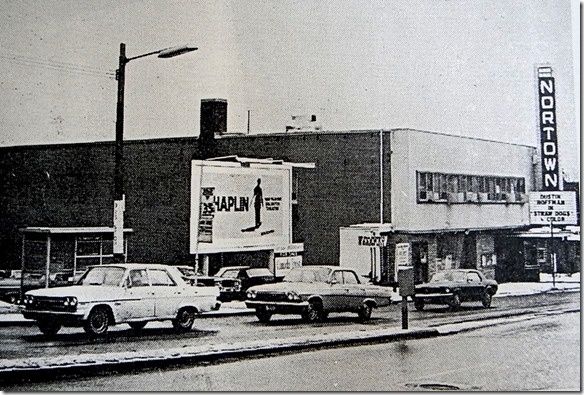
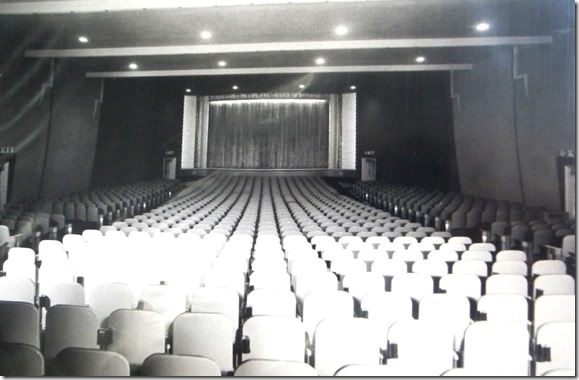
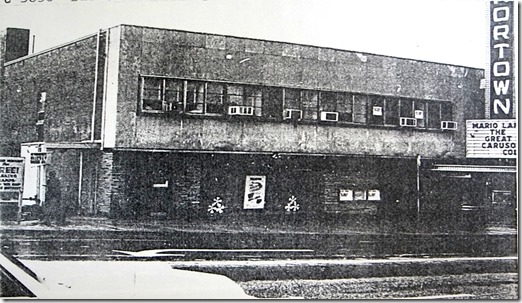
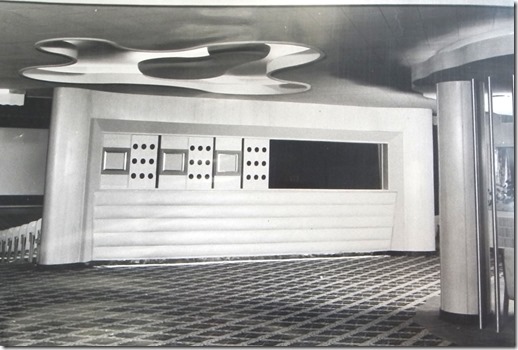
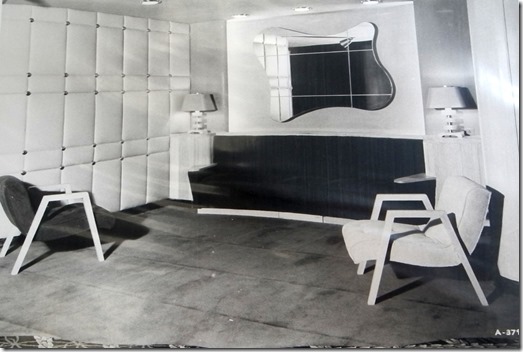
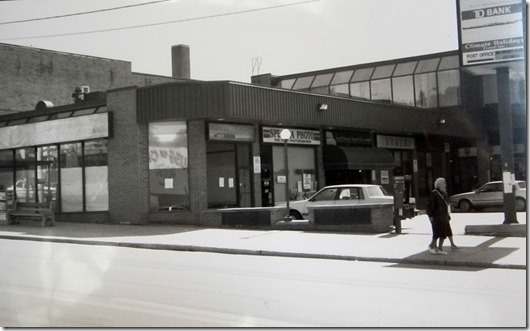
![cid_E474E4F9-11FC-42C9-AAAD-1B66D852[2] cid_E474E4F9-11FC-42C9-AAAD-1B66D852[2]](https://tayloronhistory.com/wp-content/uploads/2015/02/cid_e474e4f9-11fc-42c9-aaad-1b66d8522_thumb1.jpg)
